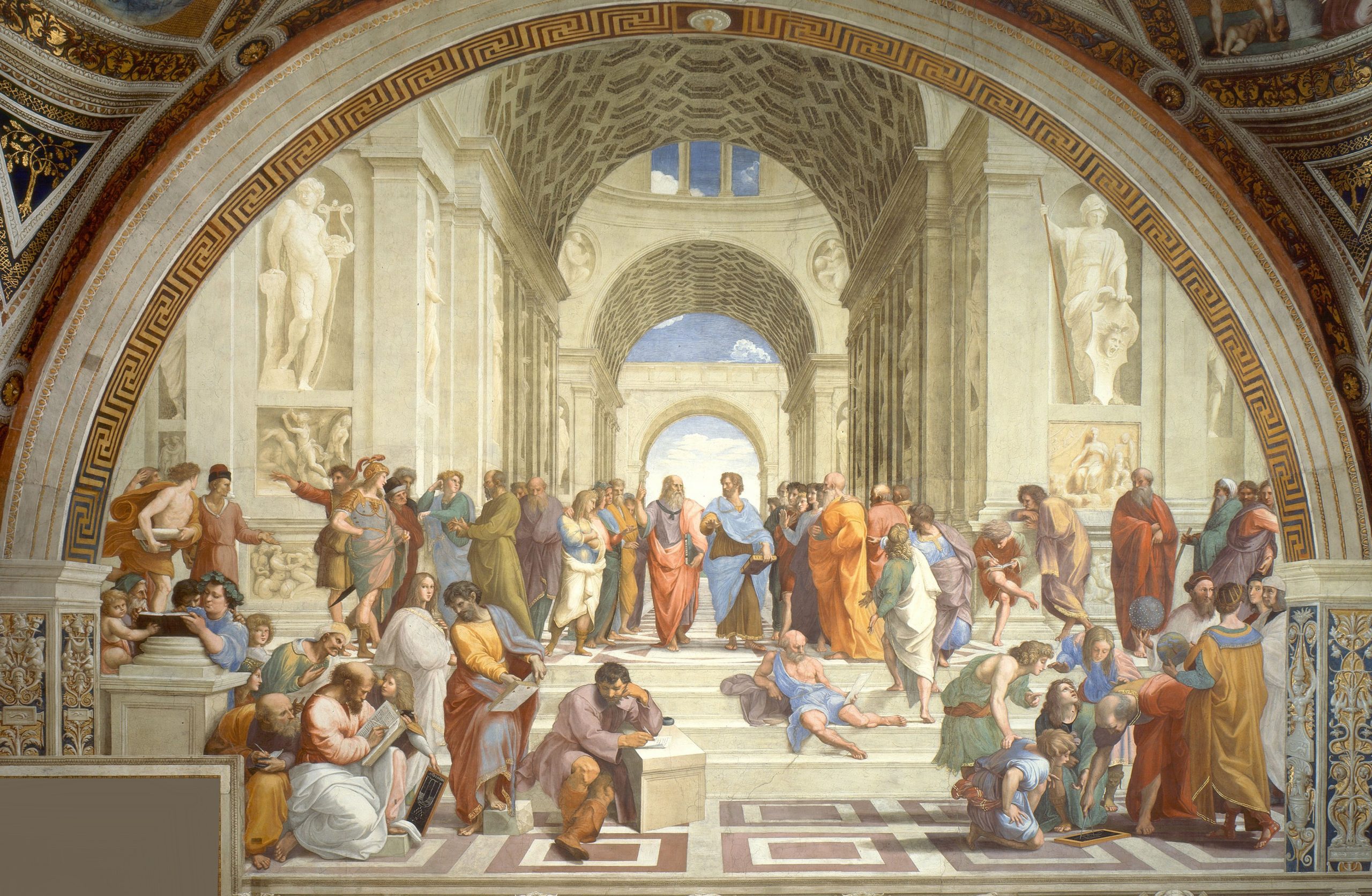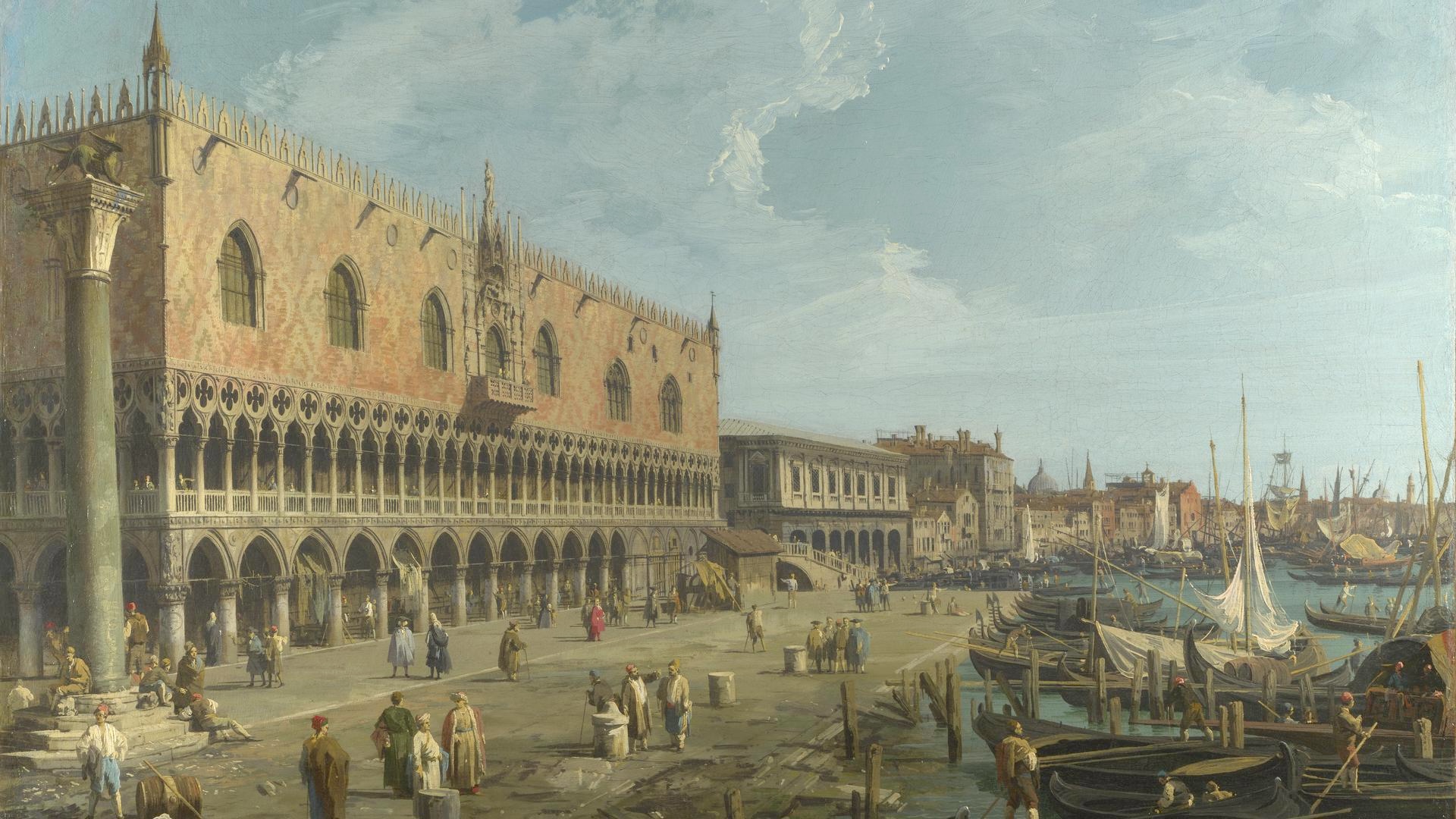
MIU mathematics professor Cathy Gorini publishes new book, “Geometry for the Artist”
After teaching her popular undergraduate course “Geometry for the Artist” for many years, Cathy Gorini, MIU professor of mathematics, has published a beautiful full-color book based on the course.

The long-awaited book is loaded with images and diagrams, featuring 244 illustrations in its 254 pages.
Who is the target audience?
“Geometry for the Artist is aimed at artists wishing to dive deeper into geometry and at mathematicians wishing to learn more about applications of mathematics in art,” Gorini said. “It should be of interest to students, teachers, and anyone interested in the intersections of art and mathematics.”
But do artists really use geometry?

“The American artist Frank Stella says there is no art without geometry,” Gorini said. “Every branch of visual expression relies on shape and form. So whether an artist is schooled in geometry or uses their own geometric intuition, they are using geometry all the time. In fact, artists were developing and using many areas of geometry, including symmetry, perspective, and fractals, well before mathematicians understood them. And artists use every aspect of geometry, often in unique and unexpected ways, ways that a geometer would hardly imagine.”
What areas of geometry does the book cover?
“The main topics are symmetry, perspective, Euclidean and non-Euclidian geometry, fractals, and topology,” Gorini said. “I analyze works of art from each of these points of view.”
Can you give an example?
“Consider the painting ‘Venice: The Doge’s Palace and the Riva degli Schiavoni,’ by the eighteenth-century Italian artist Canaletto, who painted in the late 1730s,” Gorini said.

“Canaletto makes use of transversals, orthogonals, horizon line, and central vanishing point. The central vanishing point is low, giving a wide expanse of sky above that balances the activity on the plaza, and is located far to the right, allowing the viewer to see the façades of the buildings facing the river. Knowing the location of these details of the painting reinforces our perception of a peaceful cityscape.”

What other features does the book have?
“At the end of each chapter, I include exercises that encourage students to experiment with the new ideas in their own work,” Gorini said. “It’s not enough to see how others use geometry, so this course offers opportunities in every lesson for students to create works of their own using the new concepts and techniques that they have just learned.”
When did you start teaching “Geometry for the Artist,” and how did that come about?
“It was in the 1980s,” Gorini said. “Michael Cain, chair of our art department, asked me for a geometry course for art students. Art students took the course somewhat reluctantly, as their mathematics requirement, but they seemed to enjoy connecting geometry to their artwork. Then mathematics majors began enrolling, and pretty soon students from every academic department were signing on. It’s been the most popular pathway for undergraduate students to fulfill MIU’s general education requirement in mathematics.”
Clearly students enjoy your course.
“They find it rewarding to analyze works of art from a geometric point of view, looking to see how artists use the different aspects of geometry we study. But some students go even deeper. One student analyzed painted buffalo hides, an important part of her cultural heritage. At first, she felt such analysis would conflict with the spiritual values of the works. But later, as she saw the highly developed use of geometric principles supporting the spiritual meanings, she had a much greater appreciation and respect for the traditional artists. Mathematical analysis of a work of art does not make it dry and lifeless but rather gives new life to the work, enriching our insight and appreciation.”
So how did the book come about?
“The real inspiration for the book has been students getting excited about seeing geometry in art and using geometry in their own work. I am continually amazed and delighted by the ways geometry appears in art and how students use it themselves.”
— Professor Cathy Gorini
“As I developed the Geometry for the Artist course over the years, the need for a textbook became clear,” Gorini said. “But the real inspiration for the book has been students getting excited about seeing geometry in art and using geometry in their own work. I am continually amazed and delighted by the ways geometry appears in art and how students use it themselves.”
Roy Saper, founder and director of the award-winning Saper Galleries in East Lansing, Michigan, has high praise for the book. “I enjoyed Geometry for the Artist, as I see math in art every day here at our galleries, and I’ve never seen a book before that focuses on that connection,” he said. “Professor Gorini aptly defines and explains mathematical/geometric relations as they apply to a wide range of artworks. I will share the book with the artists on our team, as they will certainly enjoy the art we have here with an understanding and explanation of the mathematical/geometric associations.”
Cathy Gorini has taught mathematics at MIU for more than forty years. She earned her PhD at the University of Virginia and has written two previous books, Facts on File Geometry Handbook (Facts on File, 2003), and Geometry at Work (Mathematical Association of America, 2000). She served for many years as MIU’s dean of faculty and before that as the chair of the Curriculum Committee. In 2001 she won the award for Outstanding College Teaching from the Mathematical Association of America.
Click here to read her article, “Geometry for the Artist: An Interdisciplinary Consciousness-Based Course.”
Click here to read her article, “Consciousness: The Last Frontier of Geometry.”
Thank you to Cathy Gorini for her contributions to this story.
